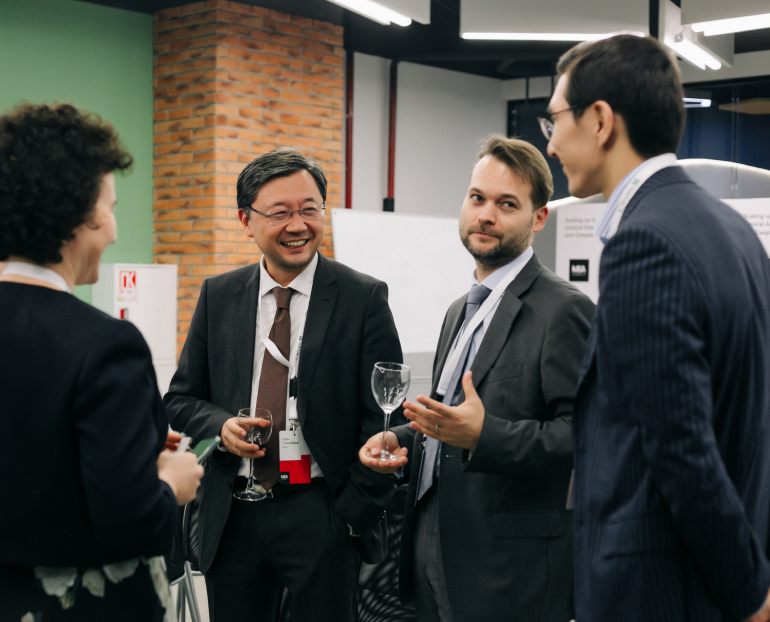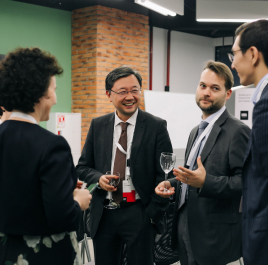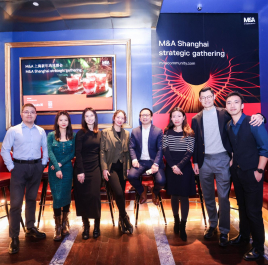TRUSTED BY
Professional network around the globe
Discover M&A Community’s events
Jun 26, 2025
Archive
US
The six hallmarks of an outstanding
Board Chair
The six hallmarks of an outstanding
Board Chair
Explore details
Jun 20, 2025
Archive
EMEA
Padel tournament: M&A professional in Iberia
Padel tournament: M&A professional in Iberia
Explore detailsWe are close to our members globally
11
involved industries
576
speakers
18,000+
attendees in 30 countries
M&A highlights and key industry insights
Discover all insightsM&A speakers connecting people around the globe

Jonaed Iqbal
Founder of NoDegree.com

Ellen Zhang
M&A Director of KPMG

Gabriel Ervilha
Head of the Investors Relations Department, BNDES

Nimrod Rosenblum
Founding Partner and Head of Corporate at Epstein Rosenblum Maoz

Zhunubaeva Meruet
Managing Partner at Astrea kz

Grace Rong Wang
Asia Strategy Desk Lead Director at KPMG

Juan Sonoda
Legal Practice Director at Beretta Godoy, Argentina

Jeremy Lustman
Partner and Head of Israel Country Group at DLA Piper US LLP

Jonaed Iqbal
Founder of NoDegree.com

Ellen Zhang
M&A Director of KPMG

Gabriel Ervilha
Head of the Investors Relations Department, BNDES

Nimrod Rosenblum
Founding Partner and Head of Corporate at Epstein Rosenblum Maoz

Zhunubaeva Meruet
Managing Partner at Astrea kz

Grace Rong Wang
Asia Strategy Desk Lead Director at KPMG

Juan Sonoda
Legal Practice Director at Beretta Godoy, Argentina

Jeremy Lustman
Partner and Head of Israel Country Group at DLA Piper US LLP

















